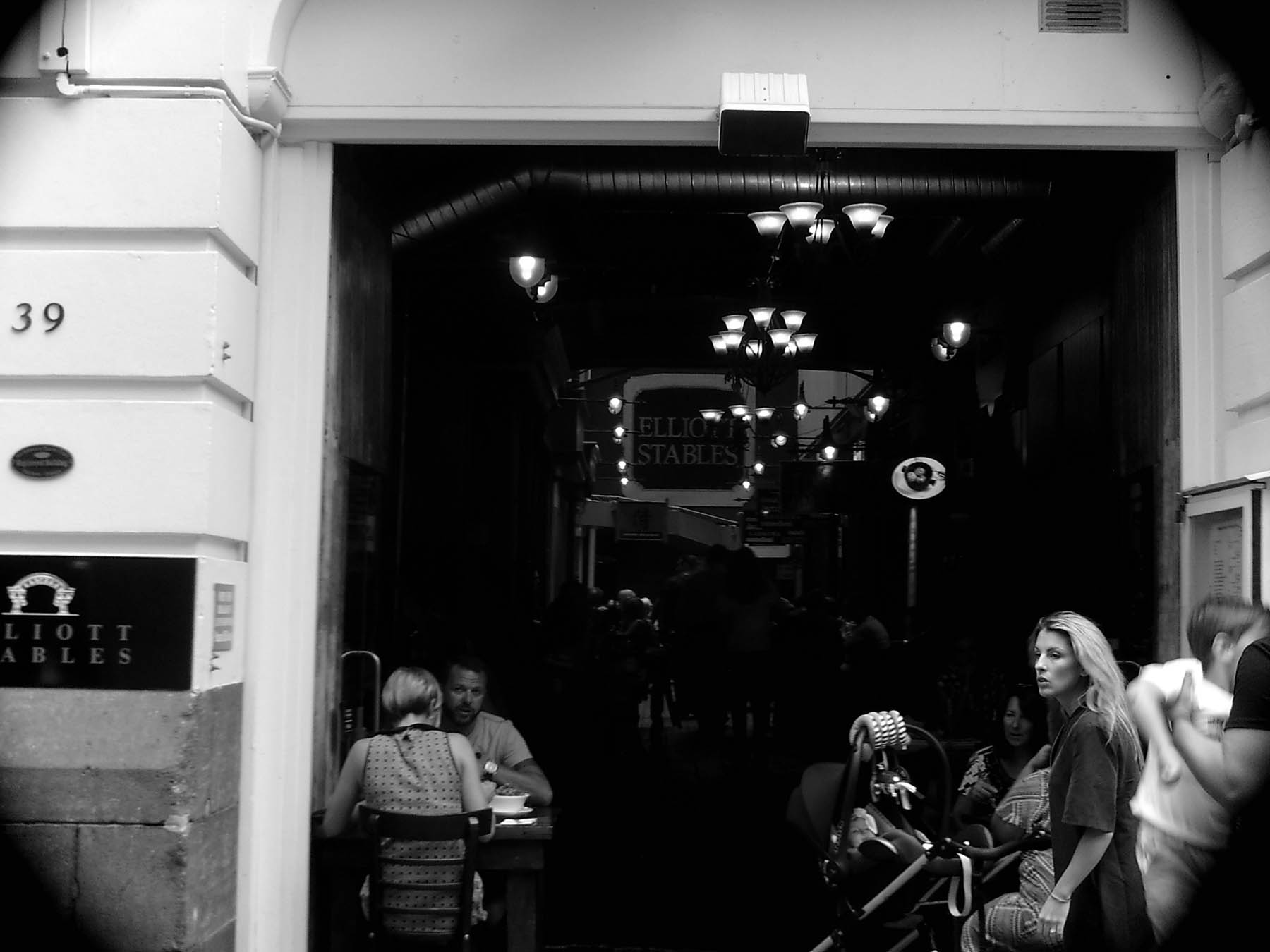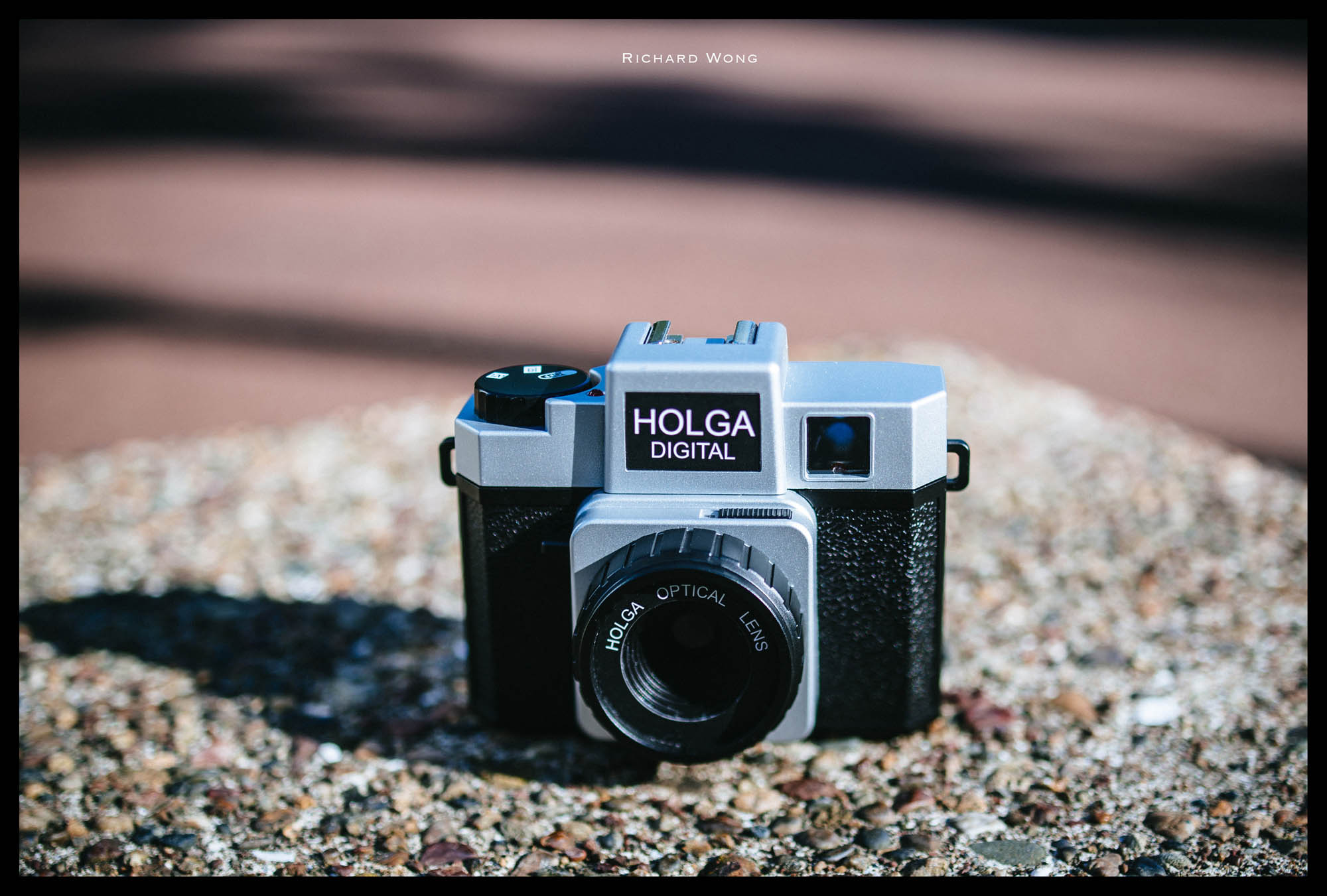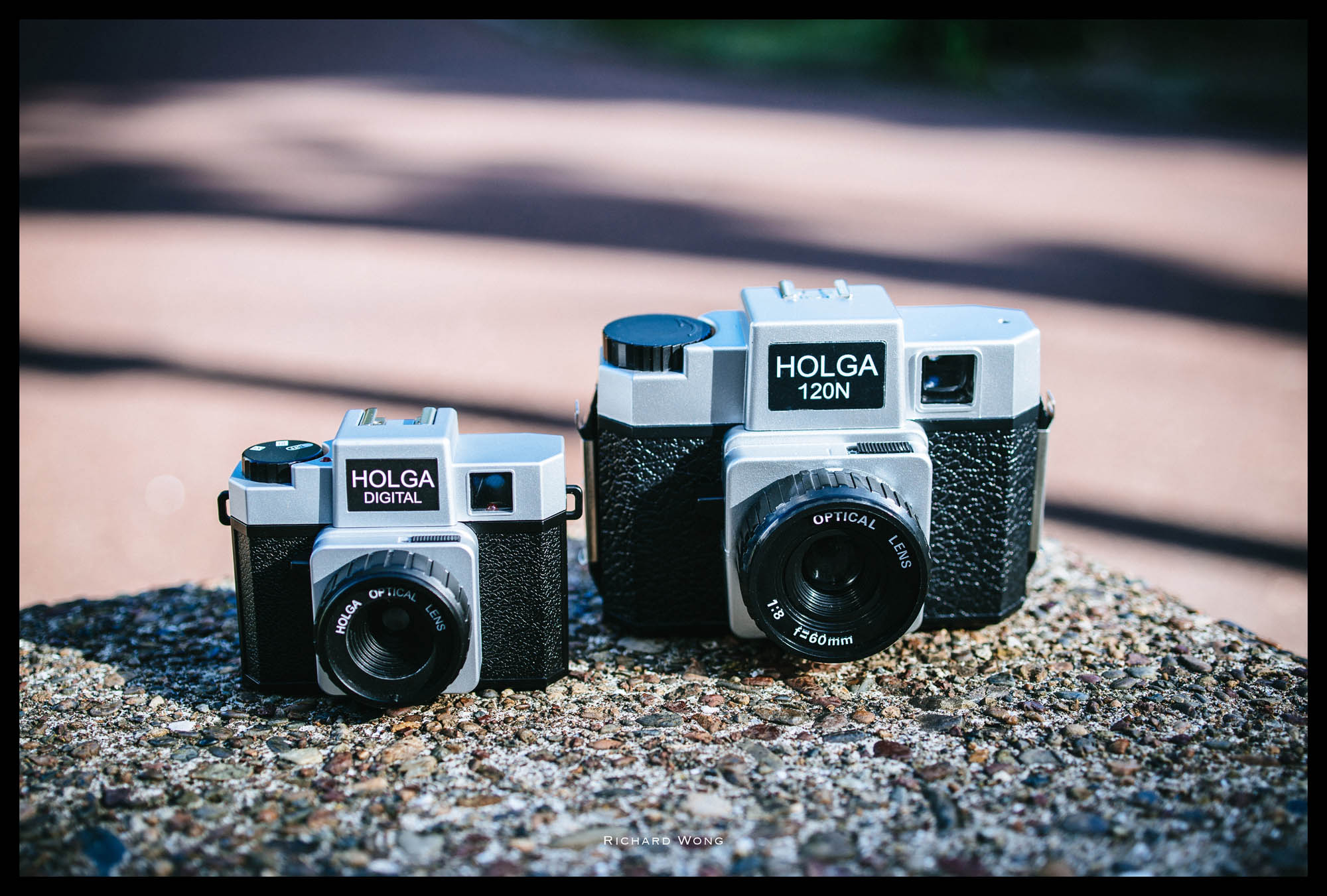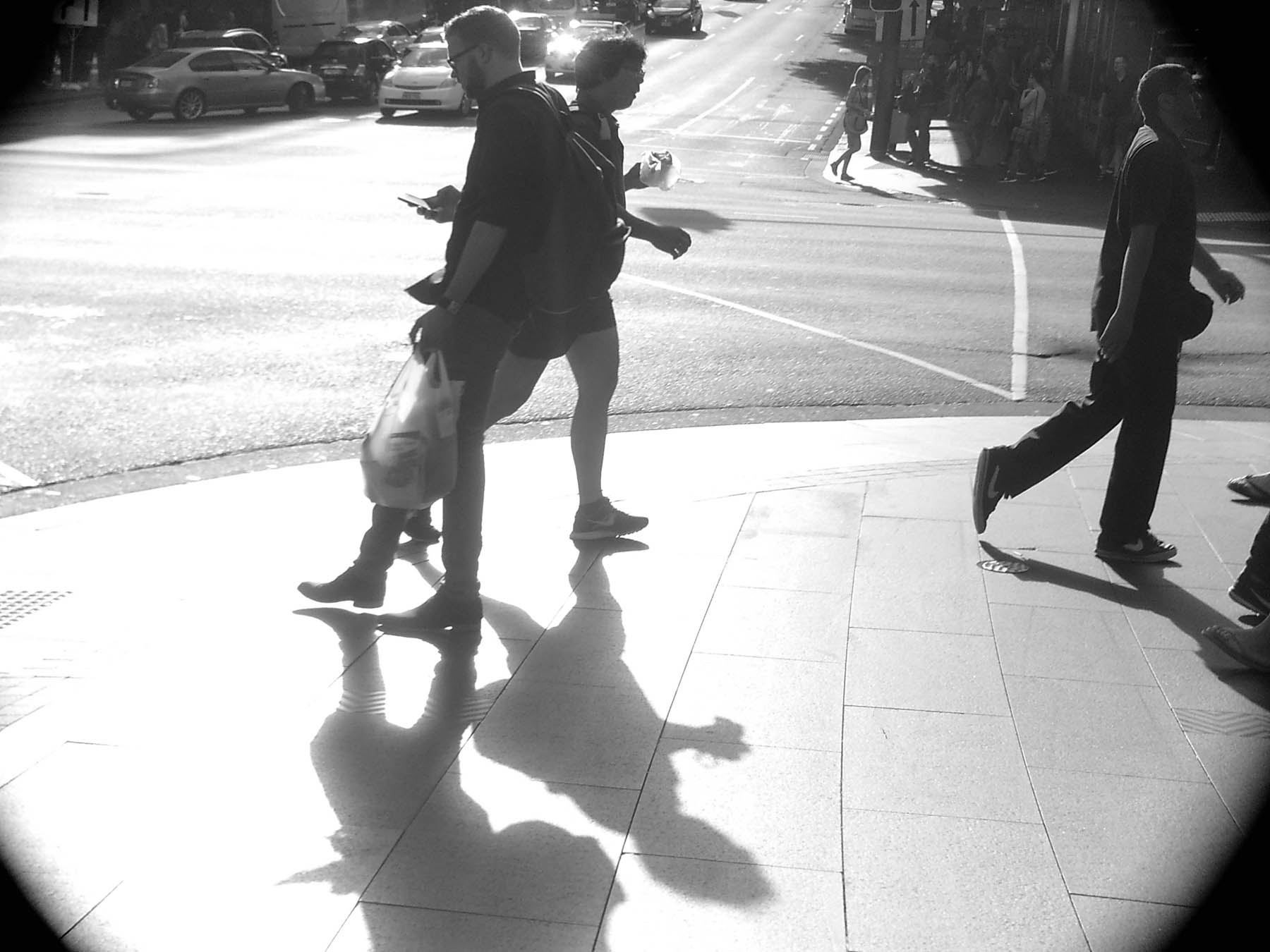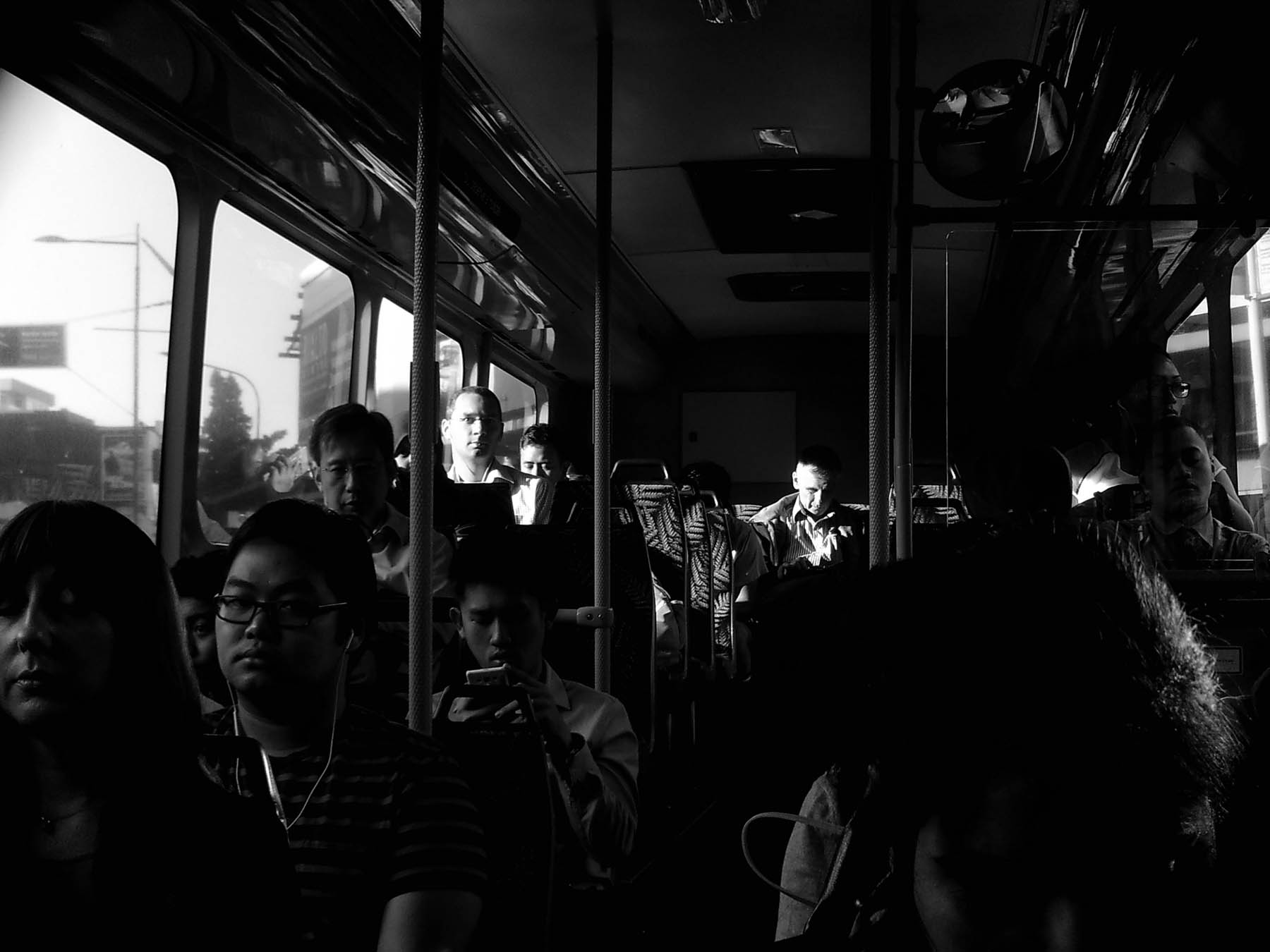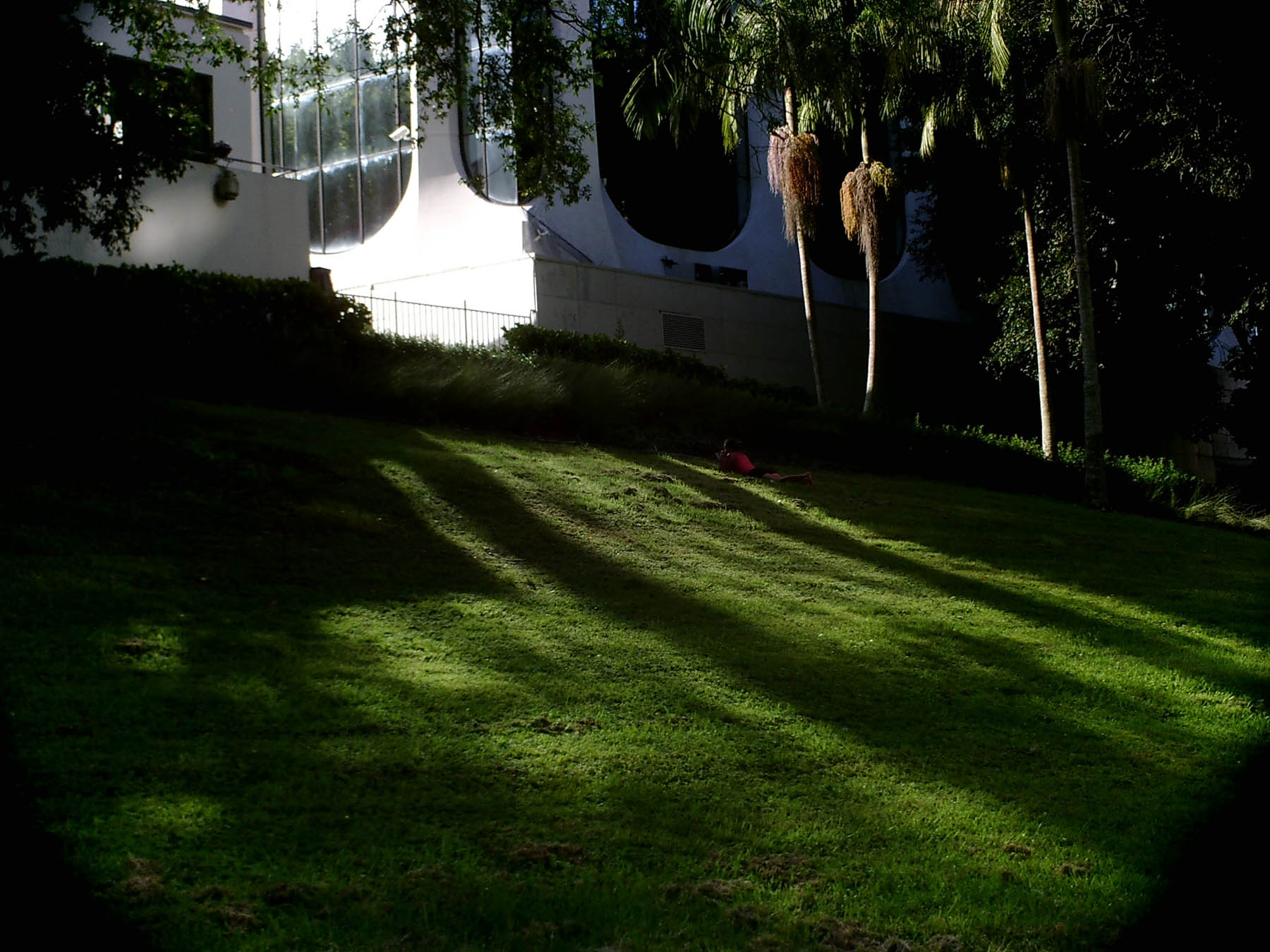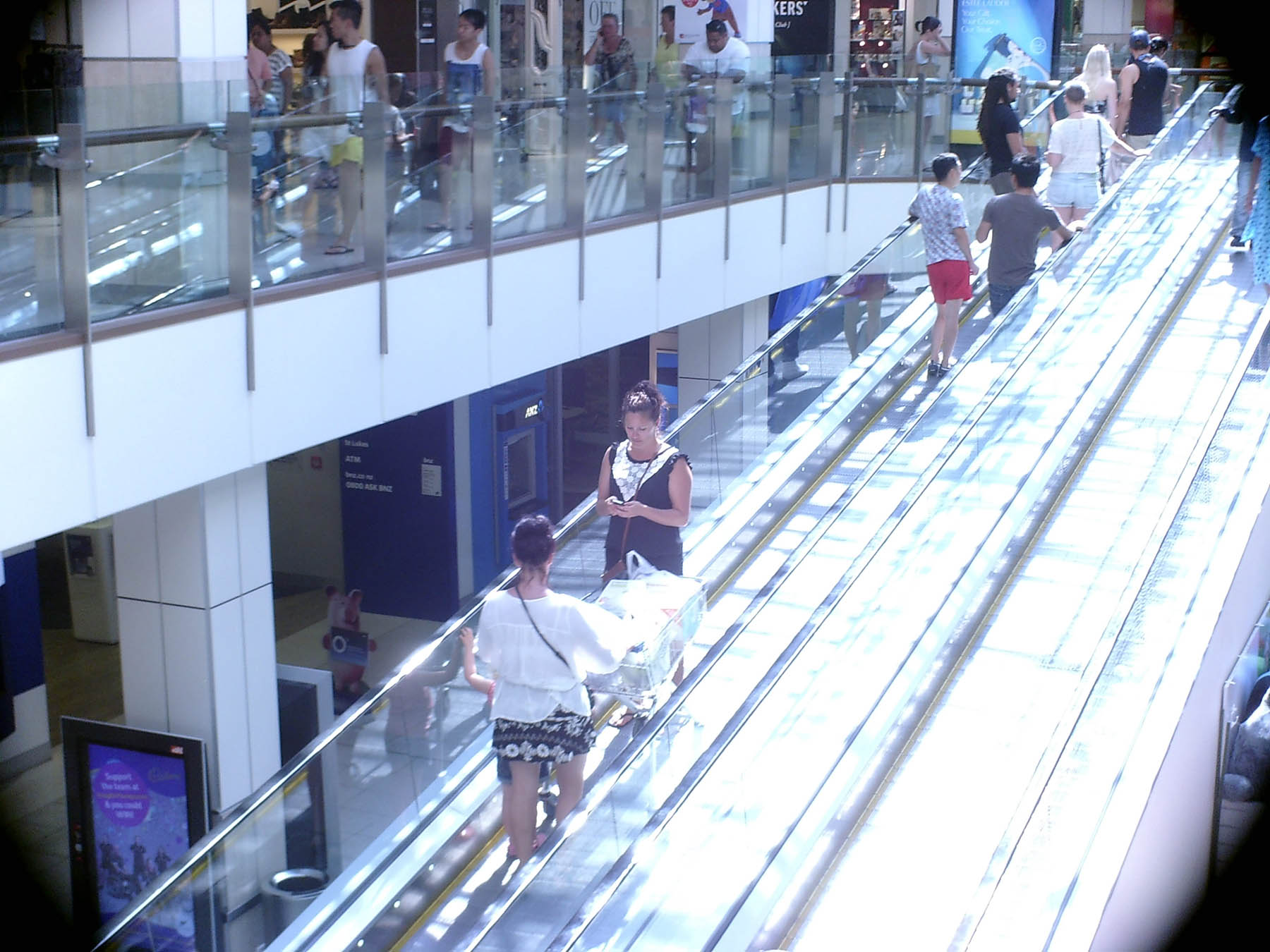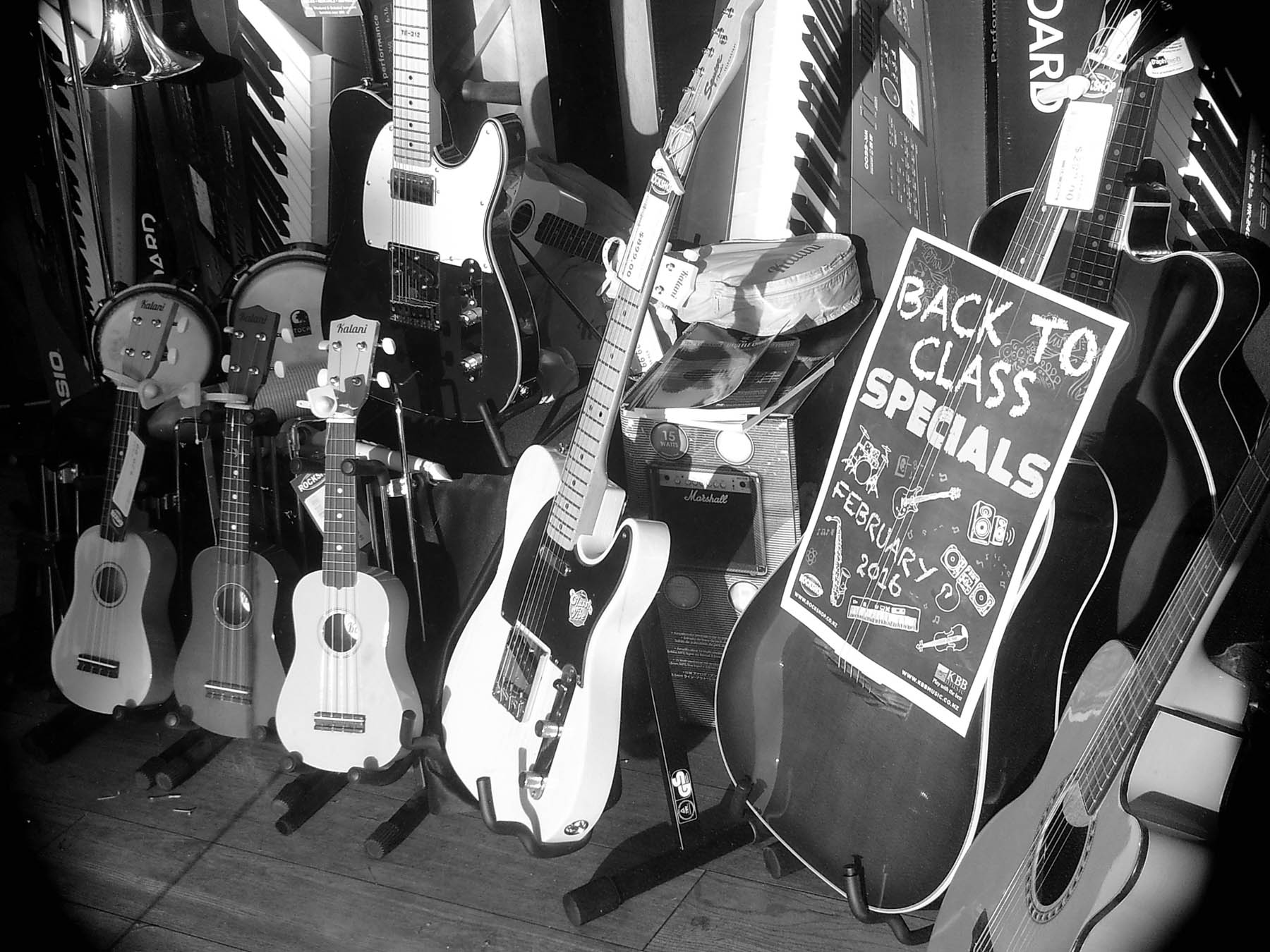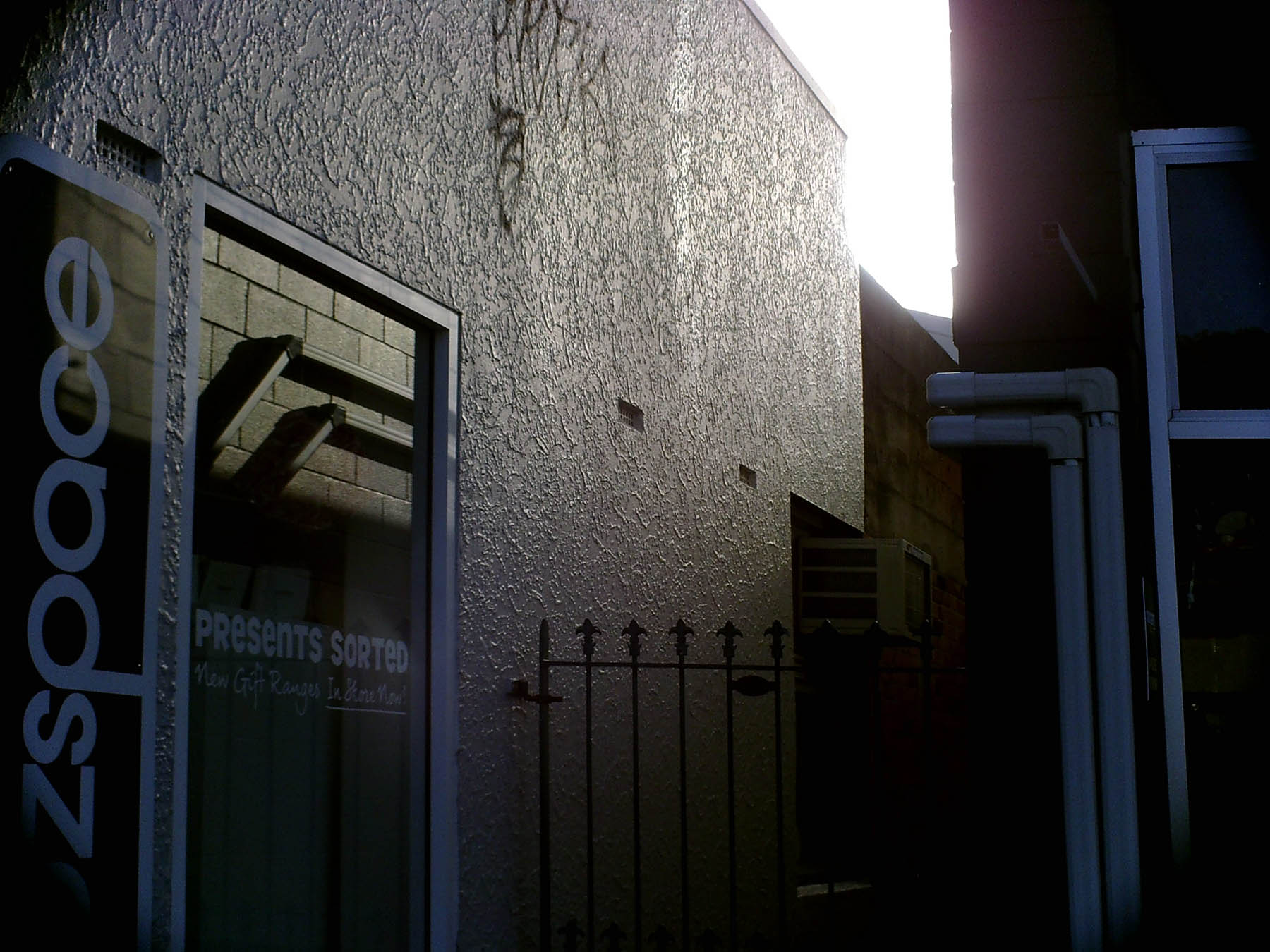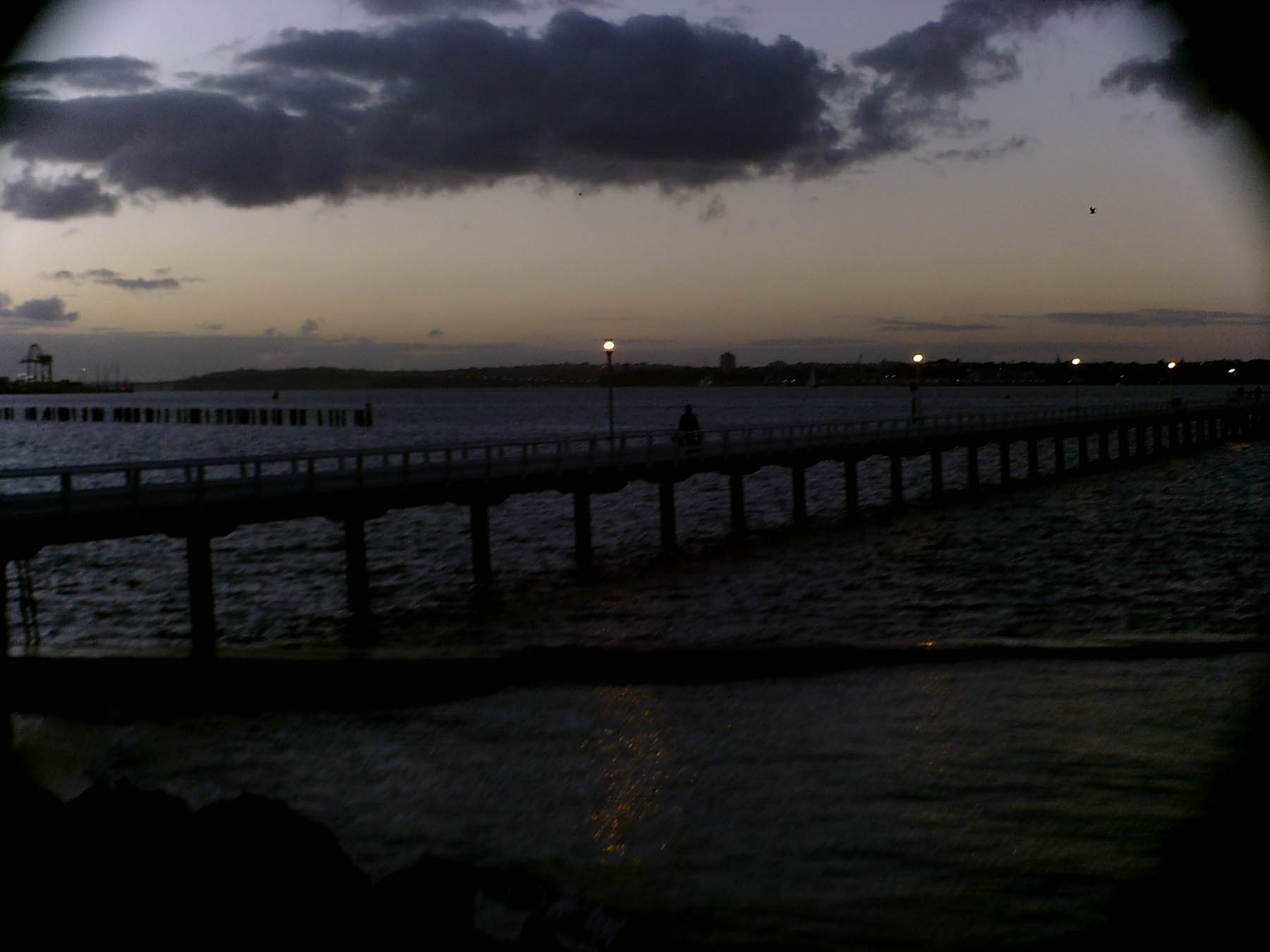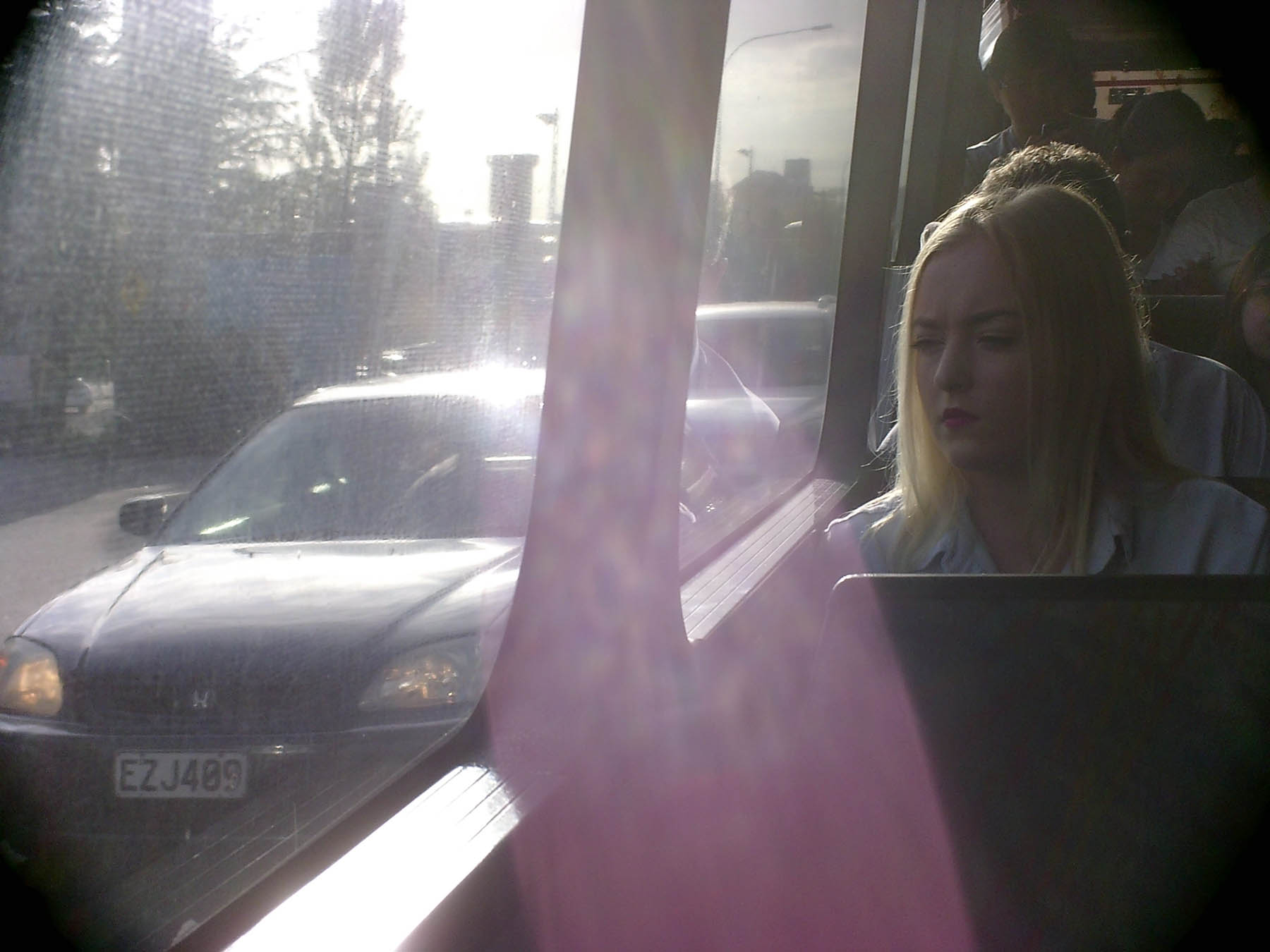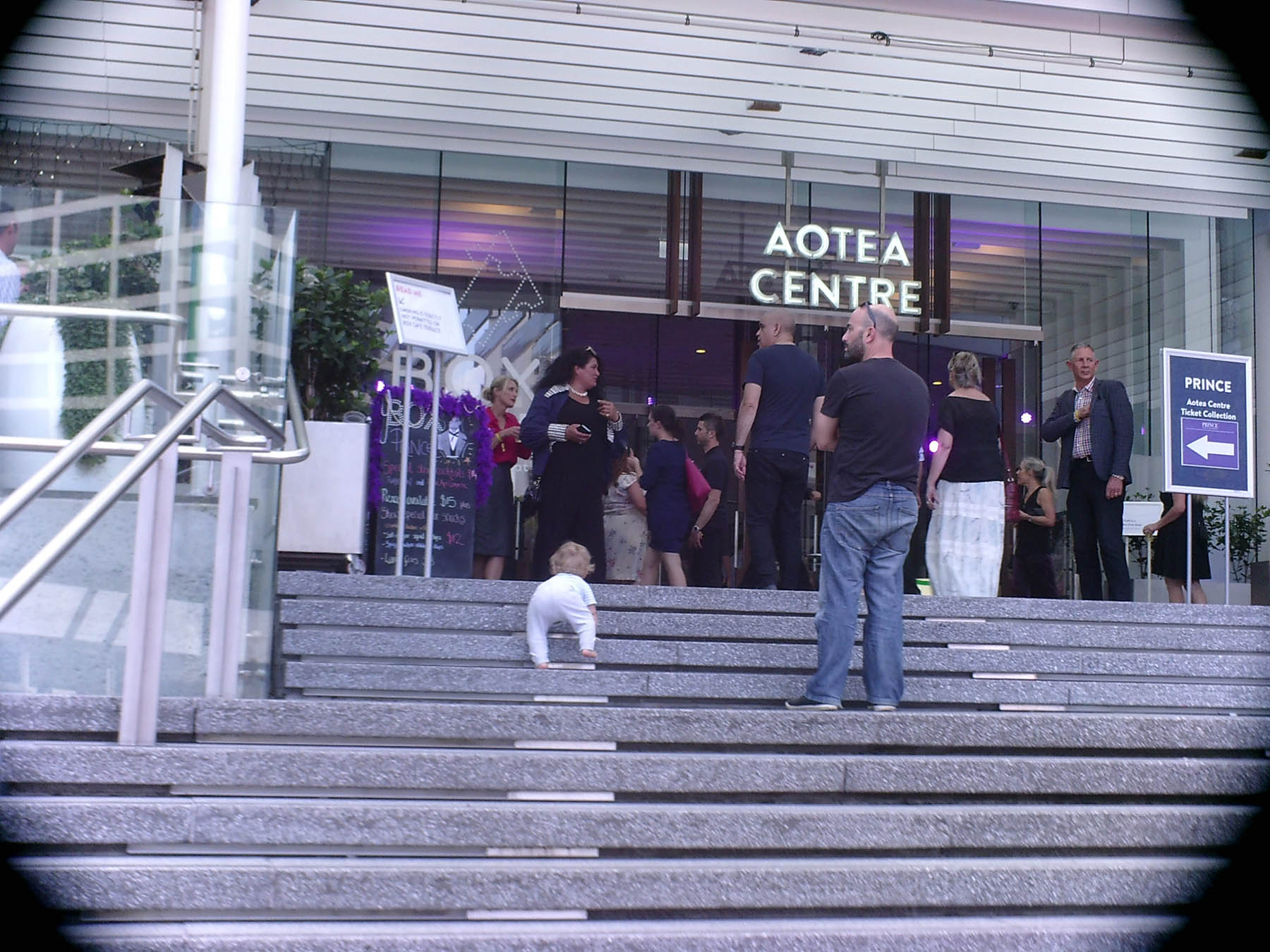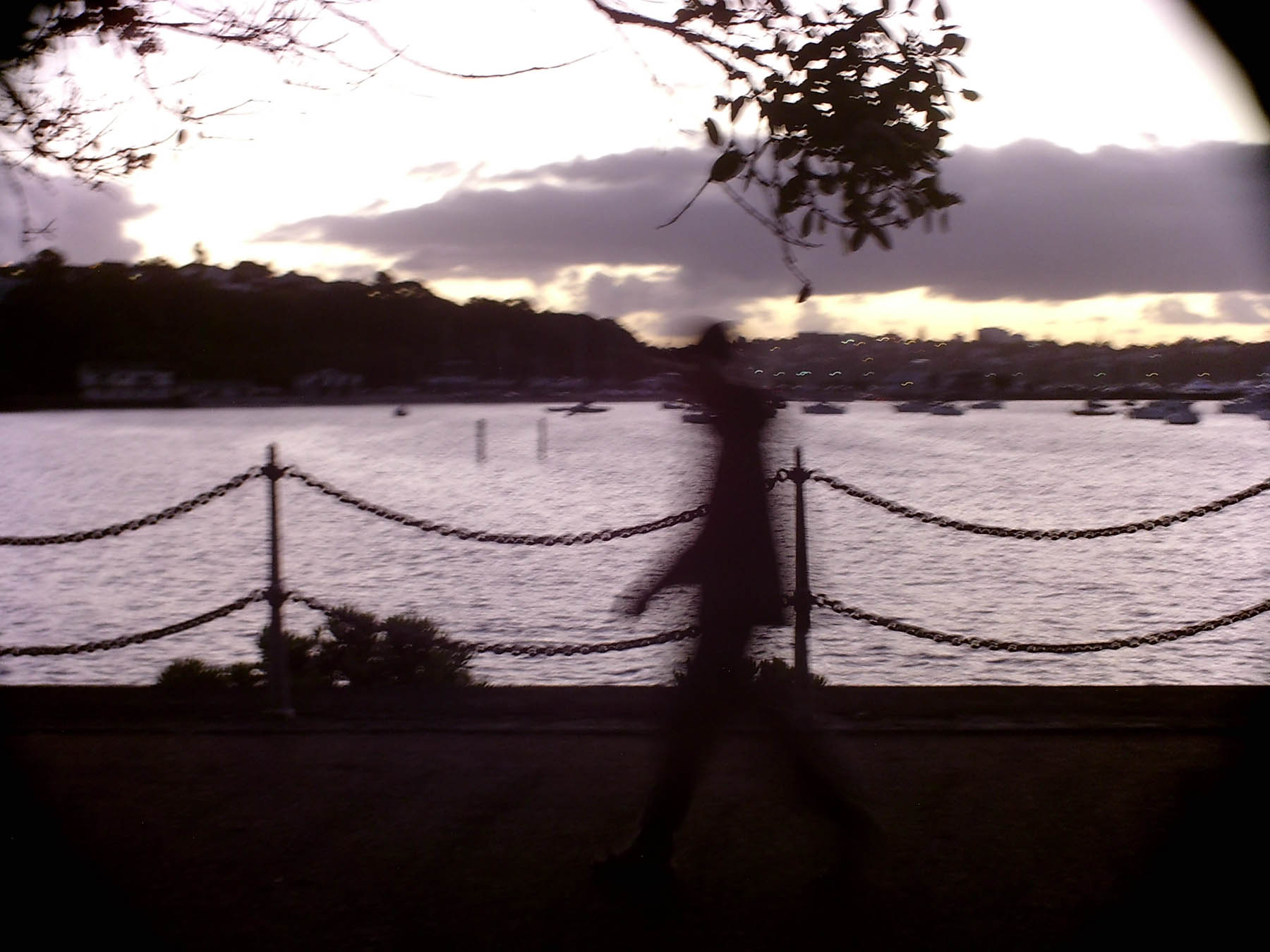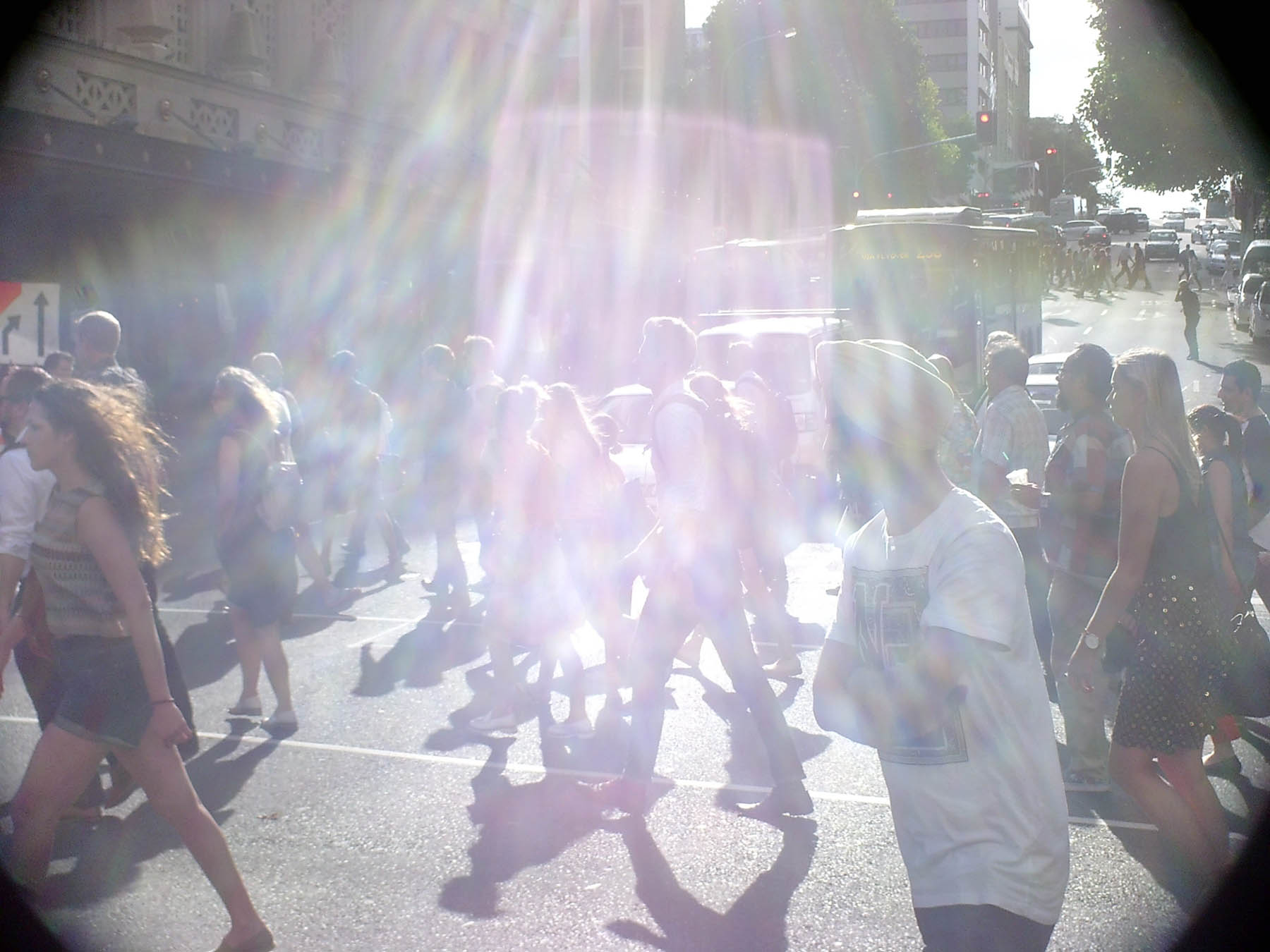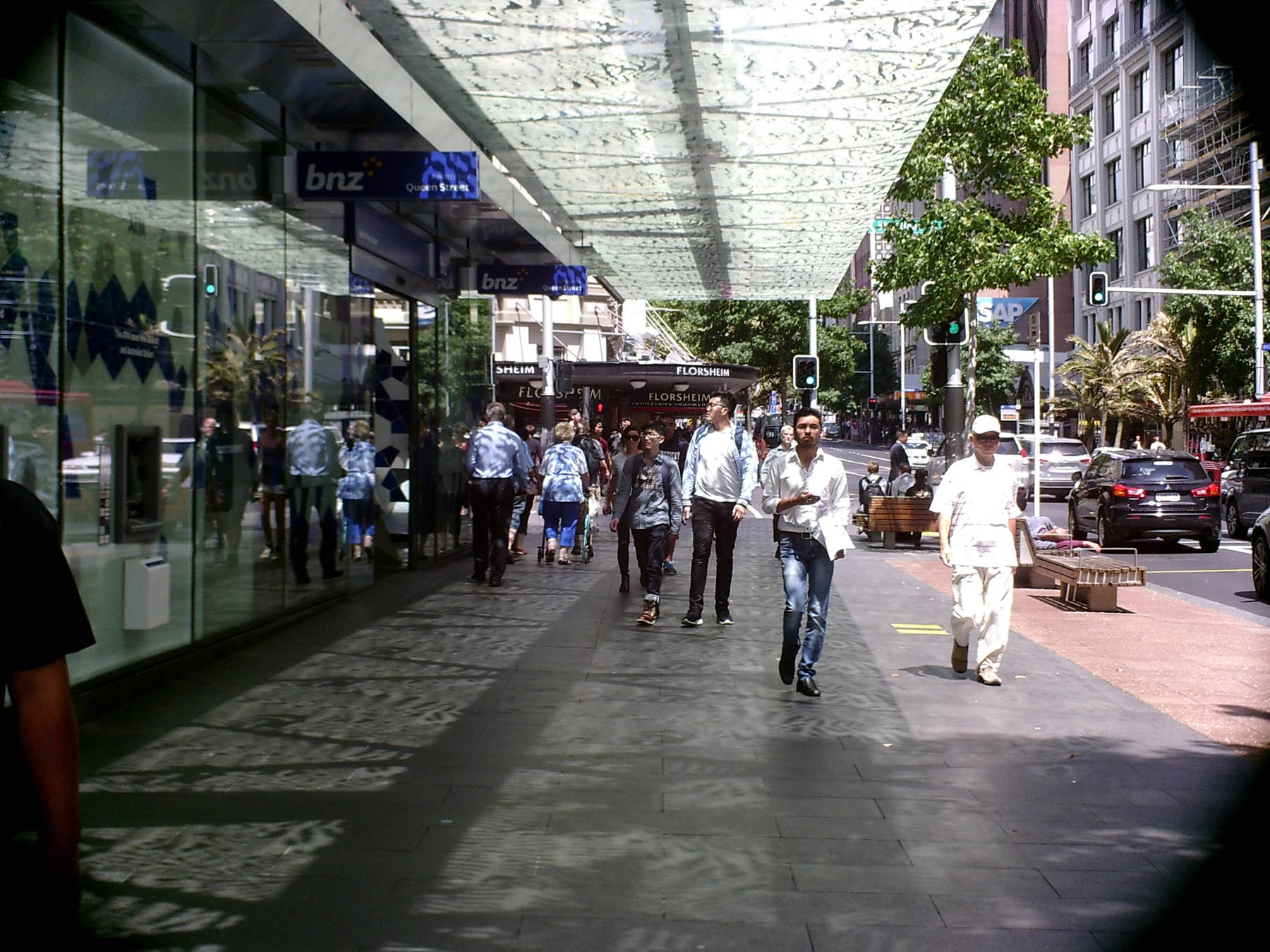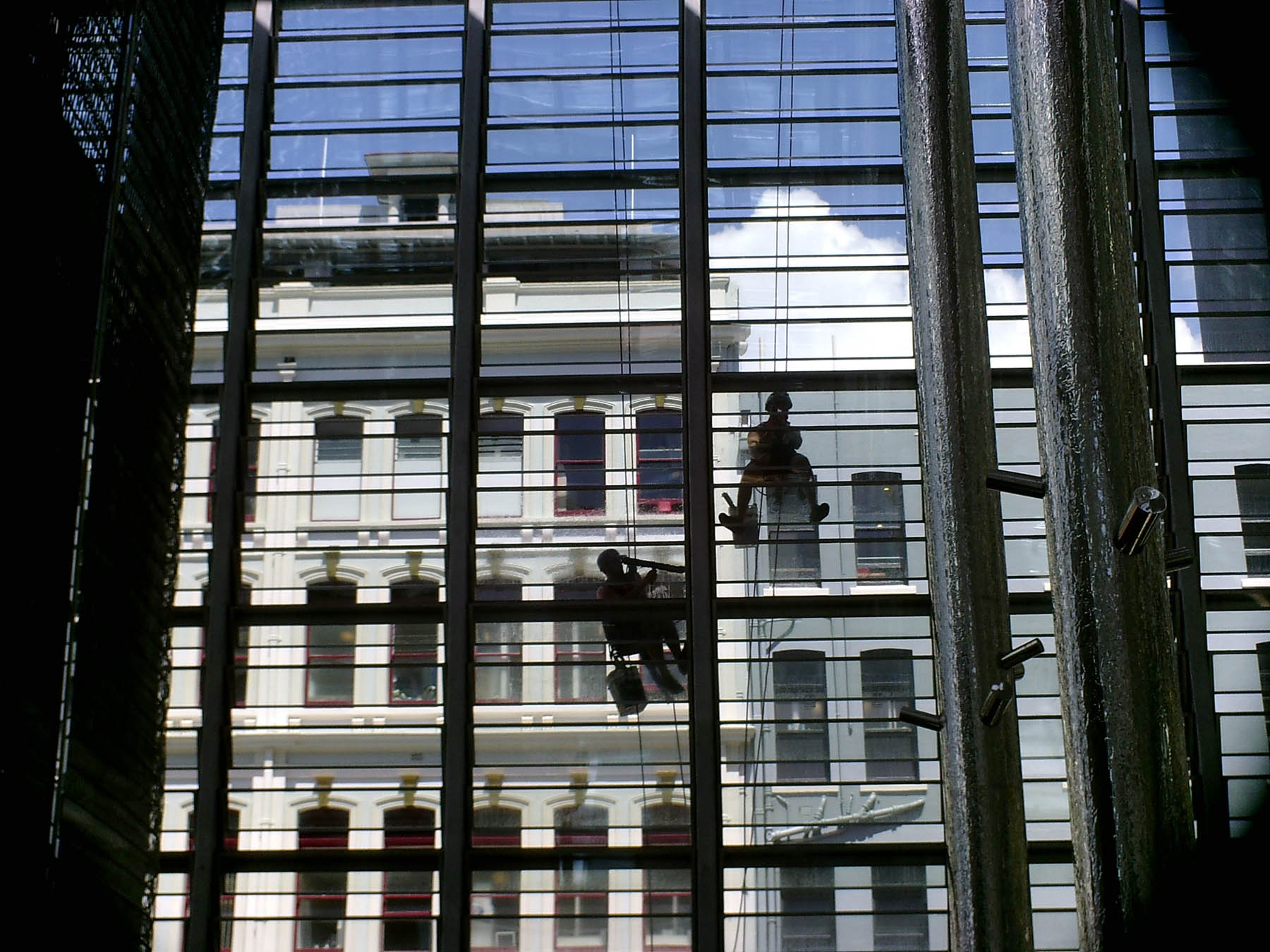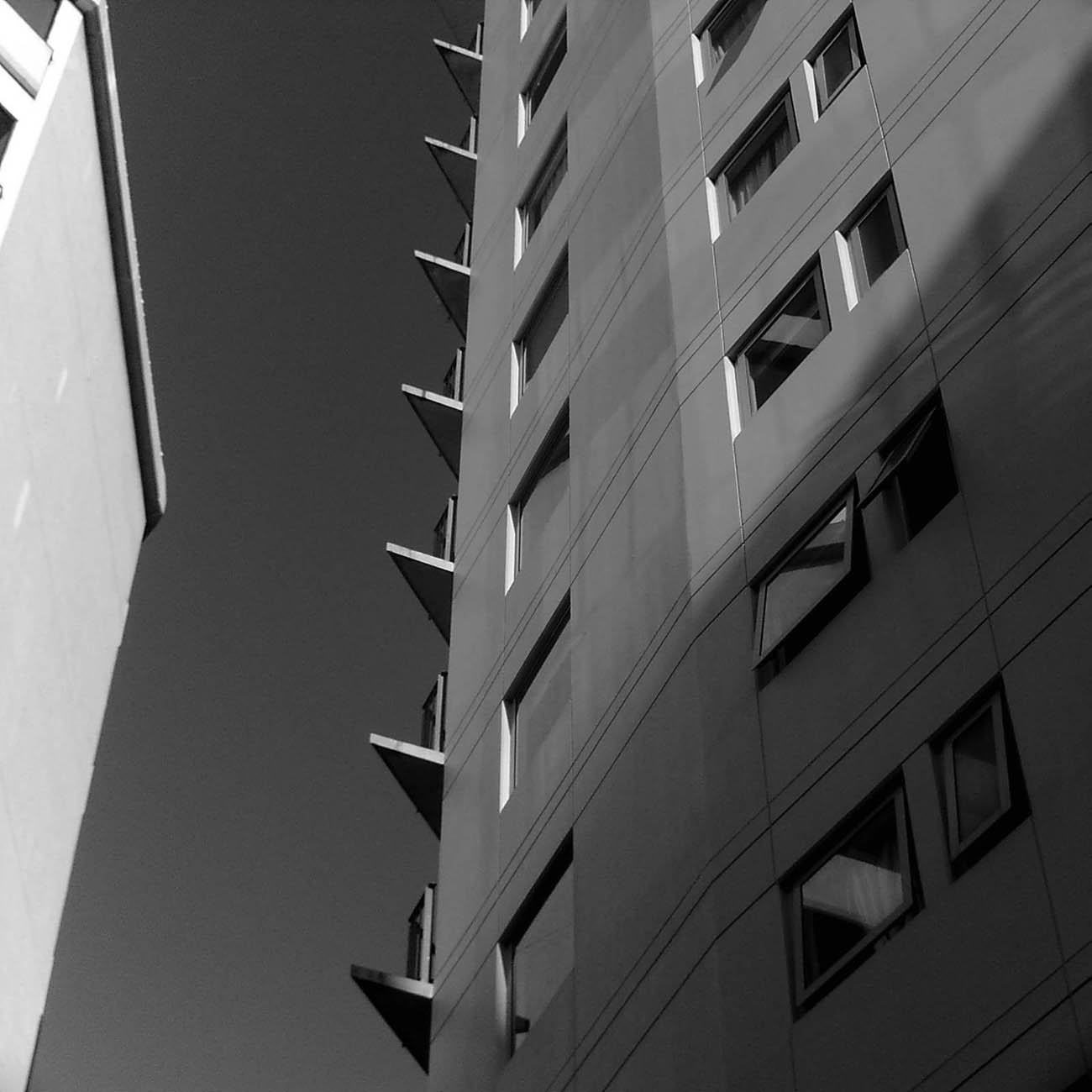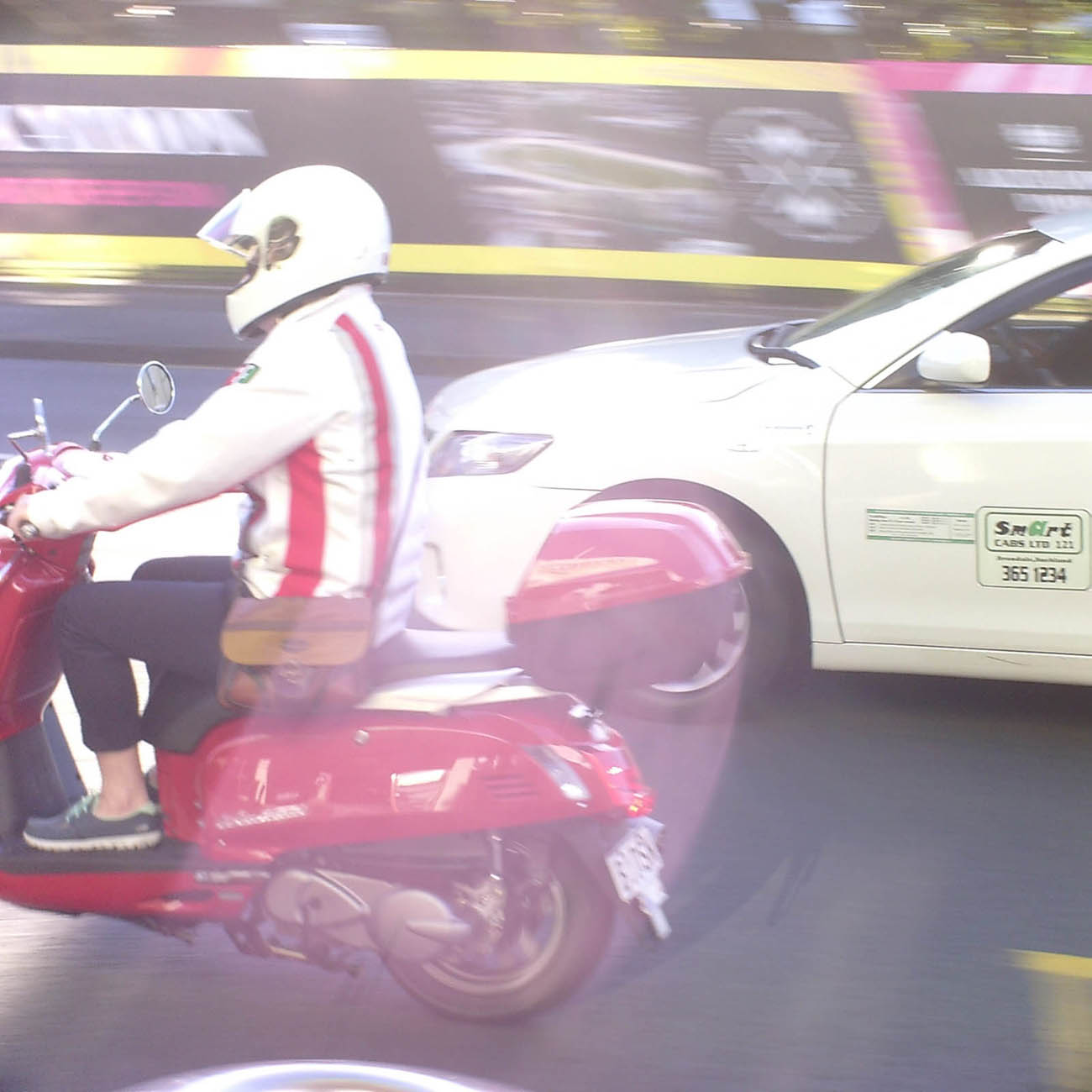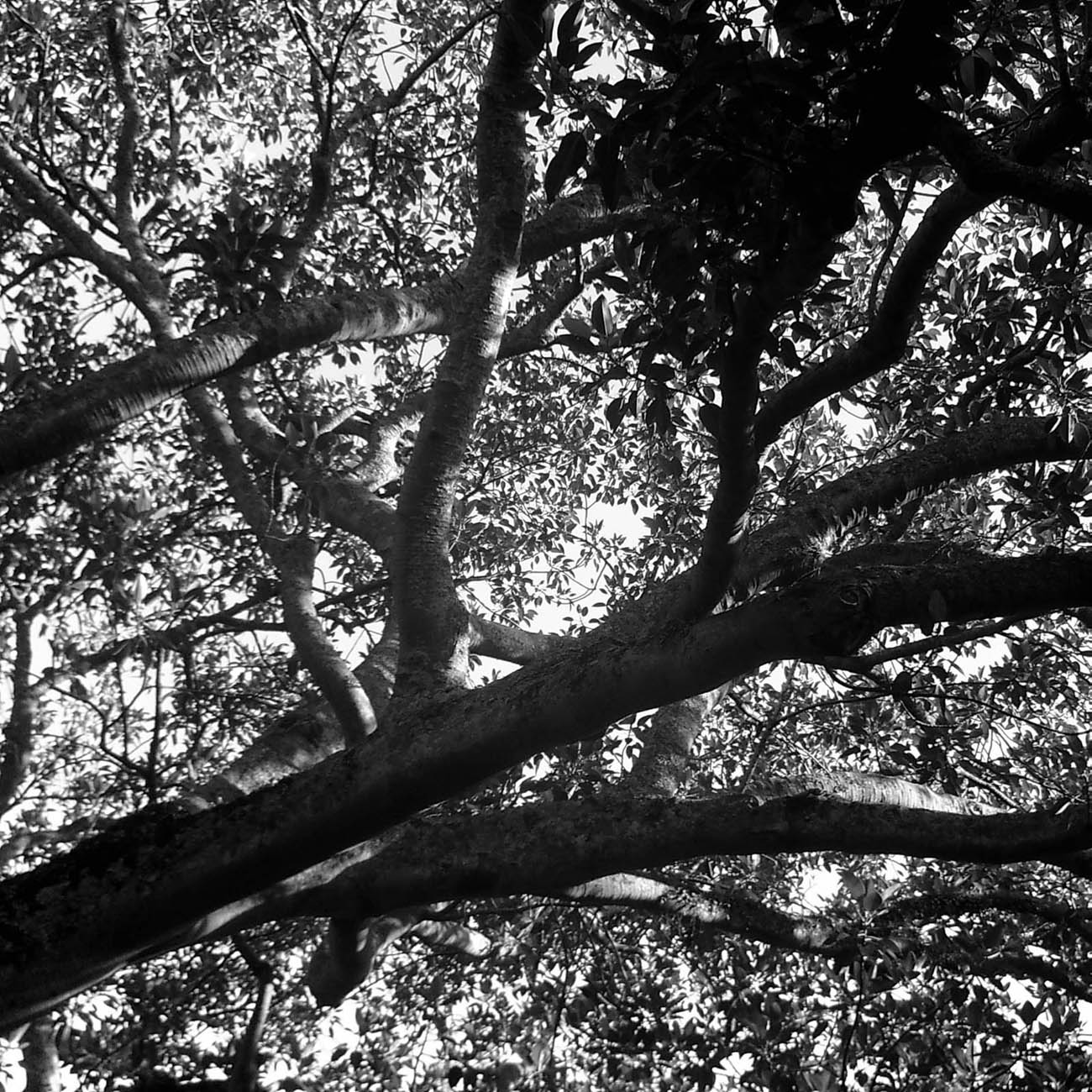I still have a couple of film cameras in my drawers but I rarely shoot with them these days. Not that I don’t like film, quite the opposite but these days it’s just getting really expensive to have the photos developed and printed, at least here in New Zealand. One thing I really enjoy when shooting with film camera is that mysterious feeling after you took each photo as you have no idea how good or bad the photo is. And that mix of excitement and worry feeling when waiting to pick up the photos from the photo lab, then go through them one by one is such a wonderful experience that is now lost in the digital camera age. I don’t have that special feeling when waiting to see my photos anymore as you can always press the play button and review the photo instantly on the LCD screen.
So anyway, if you are into toy cameras then you probably have owned or used a Holga camera or at least heard about this camera manufacturer from Hong Kong. Last year, the Holga Digital Kickstarter campaign was launched. I backed the project and I’ve finally received the camera.
Before I start this review, I want to mention that the Holga Digital camera was not created by the company that makes all the Holga film camera, which is United Electronics. Instead the Holga Digital was created by a completely different company called Smartgears through some sort of partnership with United Electronics. This was not mentioned on the kickstarter project at all. And on Holga Digital website, this is only mentioned once in each of the press release PDF that you can download on one of the page. Are they intentionally trying to hide this fact or it’s just something they believe people are not interested in? You be the judge.
BODY AND DESIGN
So anyway, the Holga Digital is a digital compact camera, or I will call it a toy camera. The camera is pretty much completely made of plastic. It is very simple and definitely feels like a toy. Surprisingly despite the plastic construction, the camera feels pretty solid! The camera looks almost exactly like a shrinked version of the classic Holga 120N film camera. There are only a few controls on the camera. An on/off rotary dial at top which also allows you to choose between 4:3 or 1:1 aspect ratio (which they call it 135 and 120 respectively). A sun/cloudy switch that set the aperture size to either f/8 or f/2.8 (which I will talk about it later). There is a B&W / Colour switch at the bottom of the lens and the shutter trigger and that’s about it. The back of the camera looks very empty as there is no LCD screen and any setting buttons. The original film Holga has a simple manual zone focus lens, but for the Holga Digital, because of the tiny image sensor it uses, it doesn’t have any focus mechanism at all. Pretty much everything from about 1.5-2m away to infinity will be in focus. So there really isn’t much settings you can adjust, most of the time, you just turn it on, select the aspect ratio and shoot.
 Back of the camera, no LCD, no buttons, no directional pad
Back of the camera, no LCD, no buttons, no directional pad
The Holga Digital uses two AA batteries, which is good as you can get batteries easily. Since the camera has no LCD screen and no autofocus or any mechanical motor, the battery pretty much last forever. I put in two cheap AA batteries when I first received the camera and after using it everyday for over a week and took a few hundred photos, I still don’t need to replace the battery yet. It’s like back to the film camera days!
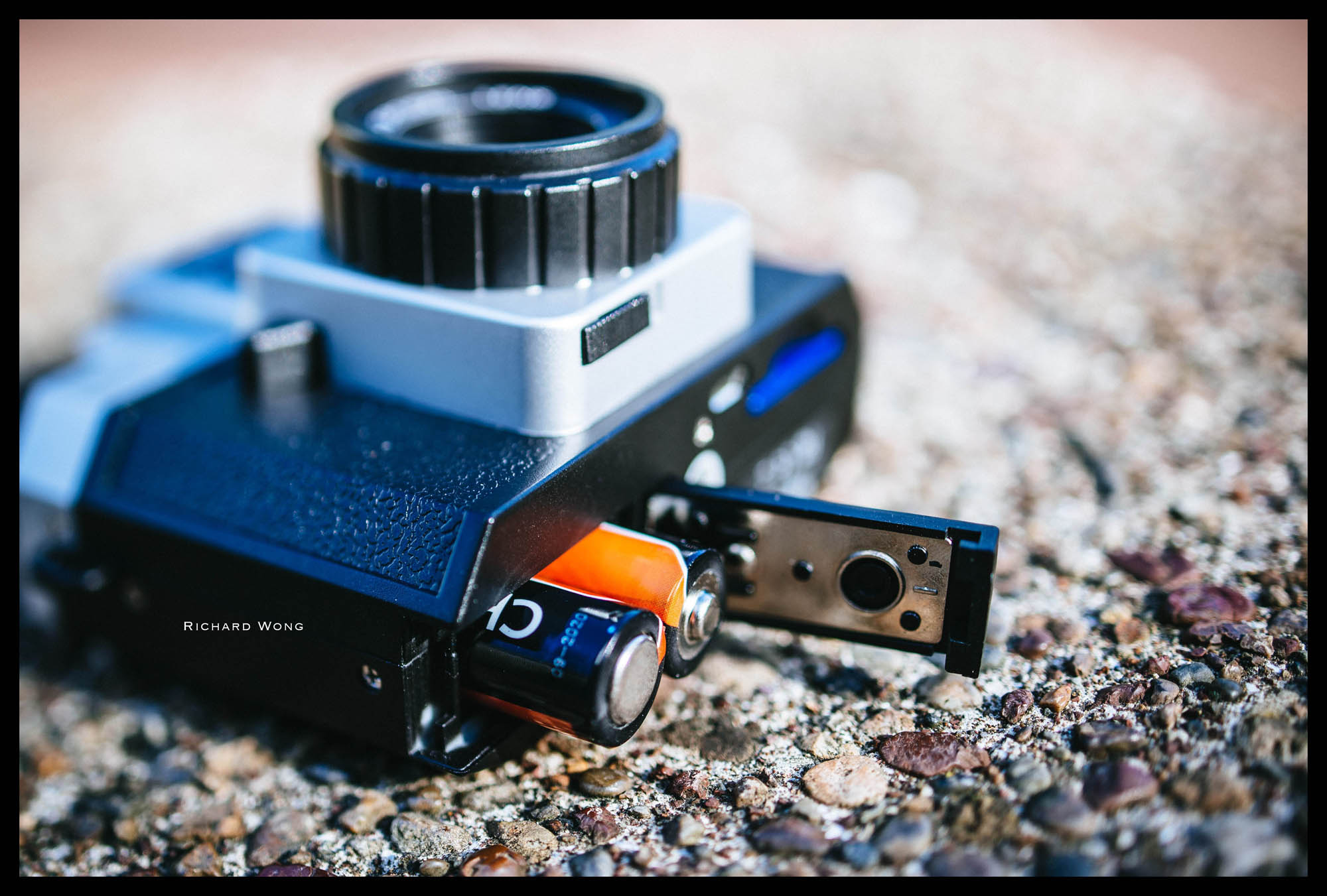 Two AA batteries and the batteries last forever
Two AA batteries and the batteries last forever
Turn on the camera and you have to wait a few seconds before the camera is ready to use. When you trigger the shutter, the red LED in the viewfinder would light up, but it doesn’t mean the photo is being taken. There is actually a massive shutter delay and the actual photo is taken approximately 1 second after the red light turned off. Since there is no actual shutter sound (real or fake one) or any kind of visual feedback to indicate when the camera is taking the photo, you really don’t know if the camera have captured the photo or not. Also when you are using the camera on a bright day, quite often you can’t see if the red LED in the viewfinder has light up or not. You have absolutely no idea whether the camera is taking photo or not.
Apart from the massive shutter lag, rolling shutter is also very noticeable probably due to the sensor’s slow readout speed. Combining this with the shutter lag, a lot of my photos are skewed or blurred as I thought the photo was already taken and moved the camera a bit after I pressed the shutter trigger.
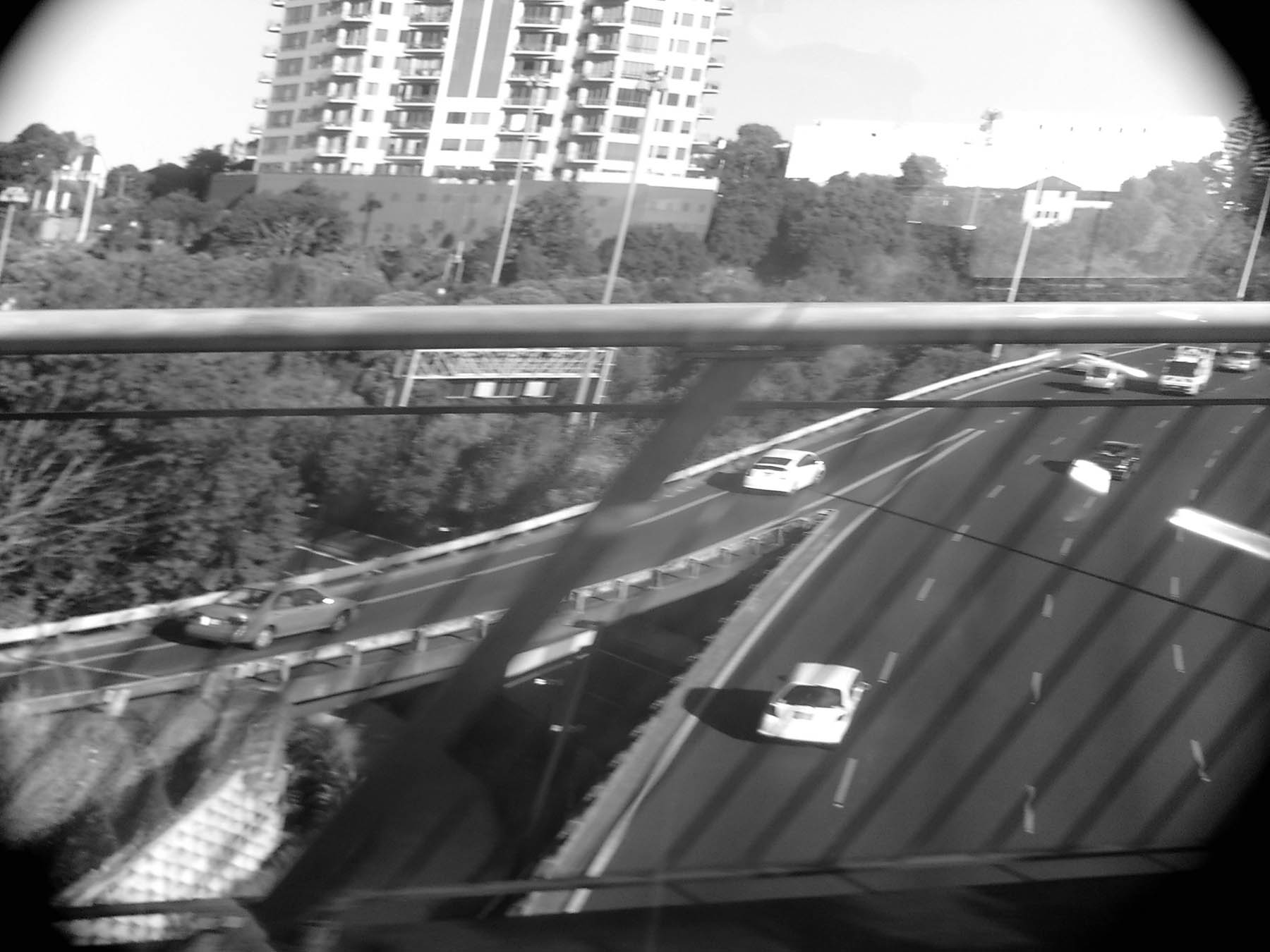 Holga Digital 4:3 Mode
Holga Digital 4:3 Mode
Got Rolling Shutter?
As mentioned earlier, there is a toggle switch for you to switch between sunny and cloudy mode, which according to the manual would change the aperture between f/8 and f/2.8. But while I can see the aperture value is changed in the EXIF data, I can’t see anything to suggest if this is really the case. I compared two photos one took at f/2.8 and one at f/8 from exactly same spot, and I see absolutely no difference between them apart from the fact that the one taken at cloudy mode (and f/2.8 EXIF data) always darker and seems to have a -1 EV exposure compensation. DOF is the same, sharpness is the same, vignetting is the same. There really is no reason I believe the aperture is different. I believe flicking the switch from sunny to cloudy mode really doesn’t do anything apart from adjusting the exposure by -1EV. Or maybe they are just trying to faithfully replicate the original Holga, including the non functional aperture switch in the first batch of Holga 120N.
Speaking of the EXIF data, the camera’s clock resets to January 1st, 2012 every time you turn it off. It means pretty much all the photos will have the date 2012-01-01 and time 12:00:00am or something similar in the EXIF data and also file date stamp. This is definitely annoying as I can’t sort my photos using the date at all. Well maybe I should just see it as a “retro style just like your old film camera” feature as there is just no (useable) timestamp.
There is a little plastic optical viewfinder at the top of the camera for you to frame your photo. The viewfinder is square shape and the view angle roughly matches the picture taken at 1:1 aspect ratio. But if you are shooting in 4:3 mode, the actual photo actually is wider than what you can see from the viewfinder. This makes it hard to frame the 4:3 correctly. They really should have made the viewfinder to match the 4:3 view angle and with a square outline box in the middle to indicates the 1:1 frame.
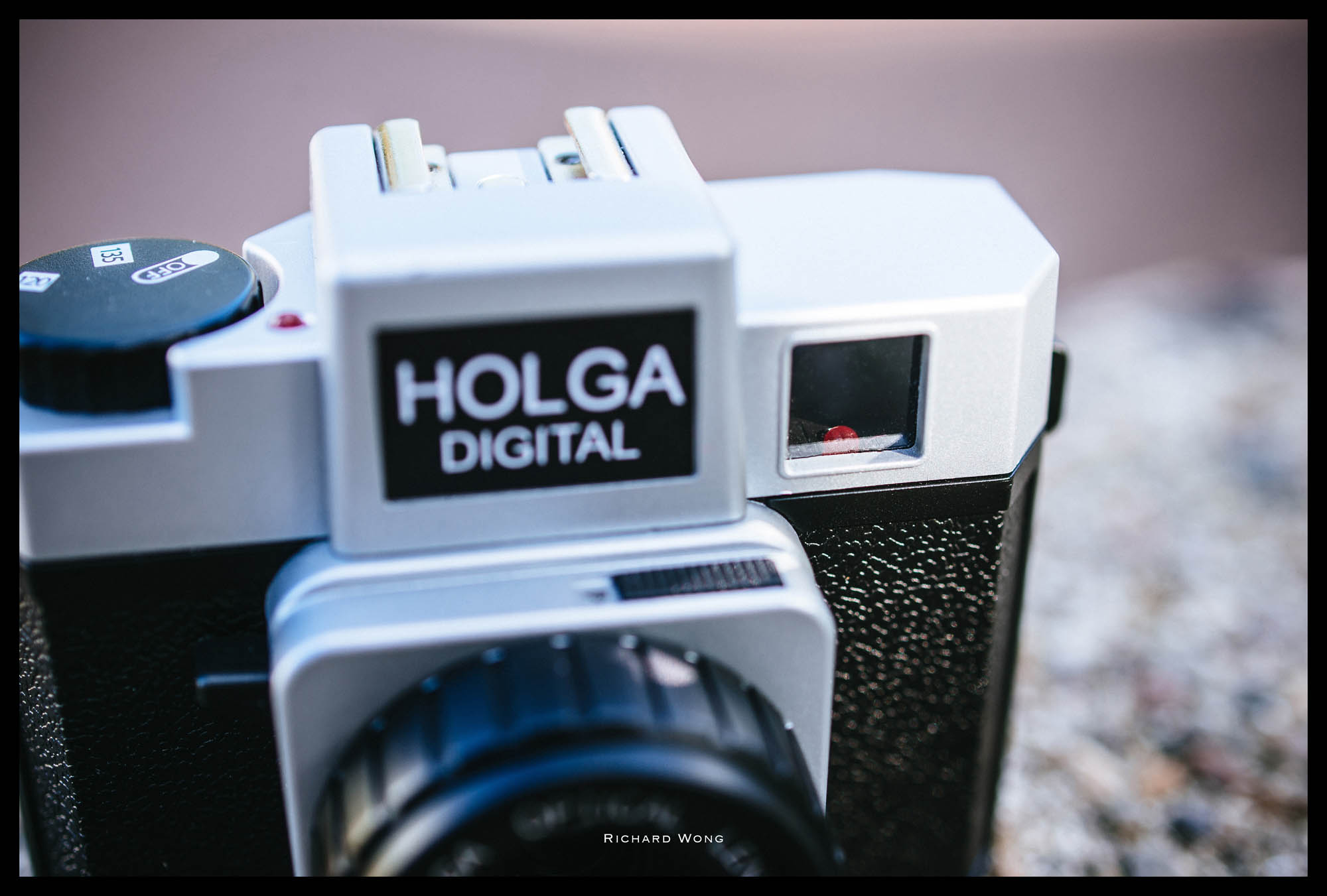 There is a little red LED inside the viewfinder
There is a little red LED inside the viewfinder
While the official specs say the shutter speed is fixed at 1/60s, it doesn’t really seem to be the case. The EXIF suggests the shutter speed can vary from 1/35s up to 1/31000s! Really? 1/31000s? That’s pretty fast even for electronic shutter. But just like the aperture EXIF data, I’m not 100% sure if the shutter speed EXIF data is correct as some of the photos I took at dark environment definitely seems to have a lot more motion blur than the photos I took using other cameras at 1/35s.
But still, one thing I’m pretty sure is that the shutter speed is not fixed at 1/60s.
 Holga Digital 4:3 Mode
Holga Digital 4:3 Mode
EXIF says 1/35s, I’m pretty sure the shutter speed was a lot slower than that
On the bottom of the camera is the micro USB plug, the SD card slot and also a tripod mount.
The camera seems to be quite picky on what card it accepts. My old 4GB card formatted in FAT works perfectly but my newer Sandisk 32GB class 10 card (NTFS?) just doesn’t work at all.
 The camera is pretty picky on the SD card and format. When I inserted my 32GB Sanddisk it just wouldn’t work at all.
The camera is pretty picky on the SD card and format. When I inserted my 32GB Sanddisk it just wouldn’t work at all.
The tripod mount is made of plastic so be very careful if you want to mount it to a tripod. But as the camera can’t do long exposure and there is no timer mode, I can’t see any reason why someone would want to shoot it with a tripod.
The specs of the camera say there is a B shutter mode, but i couldn’t work out how to trigger it. I’ve emailed Holga digital trying to make sure I didn’t do anything wrong but received zero reply.
Holga Digital supports (some) Wifi SD card so you can transfer the photos to your other gadgets instantly. Personally I won’t do that. As I said right at the beginning of this review, I love that mysterious feeling when I was shooting with my film camera and I can’t see my photos instantly. And part of the fun shooting with the Holga Digital is because it doesn’t have a LCD screen for me to review photos instantly. I have to wait till I got home then review my photos. I feel almost like I’m shooting with a film camera. If I shoot with a Wifi SD card and can review my photo straight away on my smartphone, the camera would just become another normal digital camera.
The camera has a 8MP 1/3.2” CMOS sensor. It’s a tiny sensor so I didn’t have much expectation to be honest. On it’s kickstarter page it says the camera has “high-quality glass optic with F2.8 and F8.0 aperture setting“. Now I already mentioned that the f/2.8 and f/8 aperture doesn’t seem to be true. And from what I see, the lens is made of plastic, not glass. Not really a big deal as most of the Holga has plastic lens too. But not sure why they said it has glass optics when it isn’t.
Holga Digital’s fixed lens has the 35mm equivalent focal length of 58mm. And the angle of view is even narrower when shooting in 1:1 aspect ratio. This is quite an odd choice as this kind of cameras normally uses lens with much wider focal length, 28-38mm (35mm equivalent) is the most common choice. For example the Holga 120N has a 38mm (35mm equivalent) focal length. Holga Digital’s 58mm lens is really a bit too long for a snapshot camera. I found I always have to stand back quite a bit to capture most kind of photos, I have to aim using the viewfinder rather than just point the camera and shoot. A wider focal length makes it much more versatile for everyday snapshots, street photography and of course selfies. Yes you can attach a wide angle or fisheye Holga lens with the adaptor but it does make the camera a lot bigger.
IMAGE QUALITY
And so how’s the picture quality?
Unpredictable.
Exposure is all over the place. Most of the photos are reasonbly well exposed, but a number of them were really overexposed or underexposed, I’m talking about 3 or more EV under or overexposed on a scene that doesn’t have too high contrast.
There are a lot of lens flare, unfortunately the purple-ish lens flare is not really aesthetically pleasing. And also when there is lens flare, contrast drops to really low. This is a problem for me as I love shooting backlit photos. But shooting backlit photo with the Holga Digital quite often results in nasty looking lens flare and a very washed out photo.
It’s not really a Holga if there is no vignetting. So yes the Holga digital has massive vignetting. Unfortunately the light falloff looks quite artificial and the vignetting only present when you are shooting in 4:3 mode. If you shoot in 1:1 then there is pretty much no vignetting at all. Because of that, I found myself don’t shoot much in square mode.
There are lots of nasty purple fringing in the photos. The low light performance is pretty bad and dynamic range is very limited too. But I don’t think anyone would be expecting it has the Nikon D5 level low light performance. The Holga Digital’s performance is pretty much what I expected from it’s tiny image sensor.
 Holga Digital 4:3 Mode
Holga Digital 4:3 Mode
Lens flare, chromatic aberration, low dynamic range.. what else?
So overall, the image quality is crap, even photos from my smartphone is miles ahead in terms of picture quality and I won’t even want to mention a proper camera.
But to be honest I don’t really mind. Holga Digital is a toy camera. It is not suppose to output technically perfect photos. If i want nice clean images, the Holga Digital is probably one of the last camera I would buy.
CONCLUSIONS
So why should I buy a camera like this? And does it worth the $70USD price tag? For most people, especially if you ask this question, the answer would be a definitely NO. If you have a smartphone, the chance are the camera on your phone take much better pictures than the Holga Digital. And you can also have better control, instant feedback and can share it with people instantly. It is hard to find any digital camera that cost US$70 and take worse camera than the Digital Holga so really why bother with a Holga Digital?
Holga Digital (and pretty much any toy camera) is not about creating high quality image. It’s all about using a quirky camera to create some arty, unusual looking and sometimes completely unpredictable photos with all the camera’s deficiencies, basically that’s what makes the film Holga such a cult camera. Unfortunately, when going from 120 film to a tiny digital sensor, the Holga Digital lost a lot of magic. There is no film grain, no film colour, no soft dreamy look, and the camera is not even always ready to shoot (takes a few seconds to turn on).
But I still find it quite fun to shoot with the Holga Digital. I carry this low-fi camera around and shoot everything. And then when I got home I would rush to my computer to review the photos. I want to see what sort of photo I captured that day. My keep rate is really quite low, but it didn’t stop me from having fun. You can call it nostalgia, but the Holga Digital did bring back a lot of fun and excitement I had when I first started doing photography. So to me, it definitely worth the price. I also use it to practice my photography skills as there are so many flaws with this camera so if I can manage to take some half decent photo with this camera, I definitely can take some good photos when I use a proper camera.
Normally my review would stop here, but there is some more thing I want to bring up. As I mentioned at the start of this review, the Holga Digital was announced as a Kickstarter campaign. They said the estimated delivery would be December 2015 for their super early bird backers and Jan 2016 for other early bird backers. Later on they have pushed the shipping date back a bit. I don’t mind too much as this is not unusual for Kickstarter projects to have delays. But then they are also not really good at responding to the backers questions especially people asking for progress updates. I was a bit annoyed about the lack of progress update too but again, this is a common problem for a lot of kickstarter campaigns.
But then early this year, people noticed that the camera was already available for sale in some Japanese camera shops. At the very least it was mid Jan when people can already buy it from shops, that was weeks before they were even shipped to any of their kickstarter backers. I’m one of the “Super earlybird” backer and I didn’t receive mine until 19th Feb. That is almost 1 month after people were able to buy it from shops. Now this is really ridiculous and disrespectful. Why do you ask people to back your project when you don’t ship your first batch(es) of products to your backers first?
Your Kickstarter backers like me paid for the camera many many months ago, need to carried the risk that the project may fail completely and would lose the money. We can’t check out the final product in person before we decide to buy it or not, and we also can’t return it easily (they never reply any emails) in case the camera is faulty. People who back a kickstarter project put a lot of faith and their own money into a project and the company, and this is definitely NOT the way we want to be treated.
And when we asked them to explain why this happened. There is zero response. Not a single word or apologize or even bother to give us an explanation.
I think it’s good that these days people can use Kickstarter to raise money for a new project or product, but when you do it, remember to respect your backers.
SAMPLE PHOTOS
All photos were only resized but otherwise unedited straight from camera. And since I don’t believe the exposure metadata from the Holga Digital is accurate, I do not list any exposure information
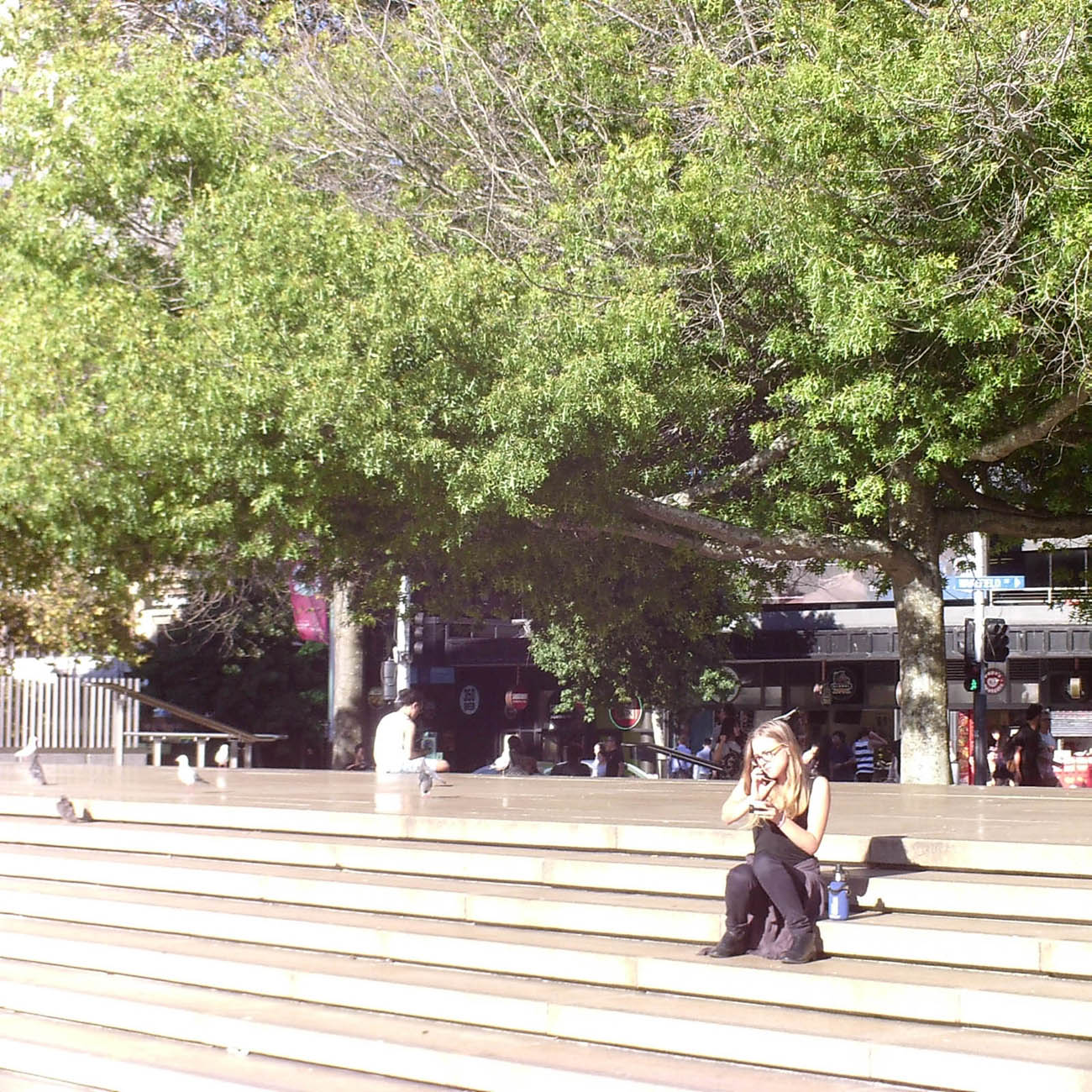 Holga Digital 1:1 Mode
Holga Digital 1:1 Mode
Reviewer: Richard Wong
Richard is a multi-award winning wedding/portrait photographer based in Auckland, New Zealand. Richard’s website is www.photobyrichard.com and his Facebook page is https://www.facebook.com/PhotoByRichard
Like my review? Follow me on Facebook 🙂
https://www.facebook.com/ReviewByRichard
All photos and text Copyright© 2016 www.photobyrichard.com. All photos and text may not be copied or reproduced in any format without obtaining written permissions
